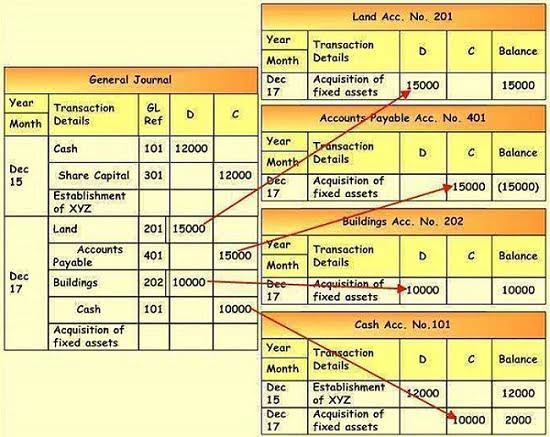
One way to assess how successful a company is in using retained money is to look at a key factor called retained earnings to market value. It is calculated over a period of time (usually a couple of years) and assesses the change in stock price against the net earnings retained by the company. Both revenue and retained earnings are important in evaluating a company’s financial health, but they highlight different aspects of the financial picture.
What Can Retained Earnings Tell You?
In summary, undistributed profit is a valuable financial resource that companies use to reinvest in the business, strengthen their financial position, and improve their long-term growth prospects. It represents the cumulative earnings of the company that have not been distributed to shareholders, and can be used to support a wide range of financial activities. One key attribute of surplus reserve is that it is a voluntary action taken by the company’s management.
Are Retained Earnings the Same as Profits?
Instead of being set aside in a reserve account like surplus reserve, undistributed profit remains on the company’s balance sheet as retained earnings. This retained earnings can be used for various purposes, such as reinvesting in the business, paying off debt, or funding future projects. While surplus reserve and undistributed profit both represent portions of a company’s profits that are not distributed to shareholders as dividends, they have distinct attributes that set them apart. In a firm’s balance sheet, the retained earnings are accounted under the shareholders’ equity. Undistributed profit, often referred to as retained earnings or retained profit, represents the portion of a company’s net income that is not paid out to shareholders in the form of dividends. This financial strategy allows companies to fund growth, repay debt, invest in research and development, and weather economic downturns.

Revenue vs. net profit vs. retained earnings
- This usually gives companies more options to fund expansions and other initiatives without relying on high-interest loans or other debt.
- This retained earnings can be used for various purposes, such as reinvesting in the business, paying off debt, or funding future projects.
- Where the principal part of the income of a company is not derived from surchargeable activities, the surcharge does not apply.
- Retained earnings are the portion of a company’s cumulative profit that is held or retained and saved for future use.
- Unlike dividends, which are typically paid out to shareholders on a regular basis, surplus reserve is a strategic decision made by the company to retain a portion of its profits for future use.
Observing it over a period of time (for example, over five years) only indicates the trend of how much money a company is adding to retained earnings. Irish tax legislation provides for a surcharge on the undistributed income of certain professional service companies that are ‘close companies’ – that is, a company that is under the control of five or fewer participators. All of the other options retain the earnings for use within the business, and such investments and funding activities constitute retained earnings.
AccountingTools
When a recession hits and consumer spending decreases, the company faces a drop in revenue. However, it can rely on its undistributed profit to cover operating costs, retain skilled employees, and keep the business afloat until economic conditions improve. It shows a business has consistently generated profits and retained a good portion of those earnings. It also indicates that a company has more funds to reinvest back into the future growth of the business. These programs are designed to assist small businesses with creating financial statements, including retained earnings.
What are Accumulated Earnings?
There are certain pronouncements that apply only to non-profits and certain that do not apply to non-profits. GAAP includes definitions of accounting concepts and principles, as well as industry-specific rules. The main purpose of GAAP is to ensure that financial reporting is transparent and consistent from one organization to another. Unsurprisingly, the Commissioner also regarded the significant one-off assignment in 2012 (a company valuation) as a professional service.
These saw a surcharge liability arising under section 441 TCA 1997 of €28,469 for the period ended 30 April 2012, together with a related 10% late filing surcharge of €2,847, totalling additional tax payable of €31,316. My Accounting Course is a world-class educational resource developed by experts to simplify accounting, finance, & investment analysis topics, so students and professionals can learn and propel their careers. Profits generally refer to the money a company earns after subtracting all costs and expenses from its total revenues. This reduction happens because dividends are considered a distribution of profits that no longer remain with the company.

Generally speaking, a company with a negative retained earnings balance would signal weakness because it indicates that the company has experienced losses in one or more previous years. However, it is more difficult to interpret a company with high retained earnings. As an investor, one would like to know much more—such as the returns that the undistributed profits that have accumulated in the company over time are called retained earnings have generated and if they were better than any alternative investments. Additionally, investors may prefer to see larger dividends rather than significant annual increases to retained earnings. For an analyst, the absolute figure of retained earnings during a particular quarter or year may not provide any meaningful insight.